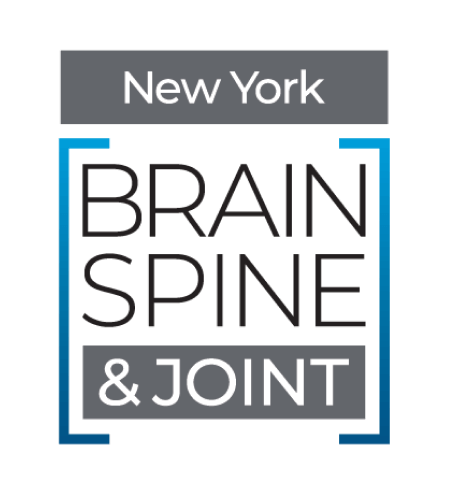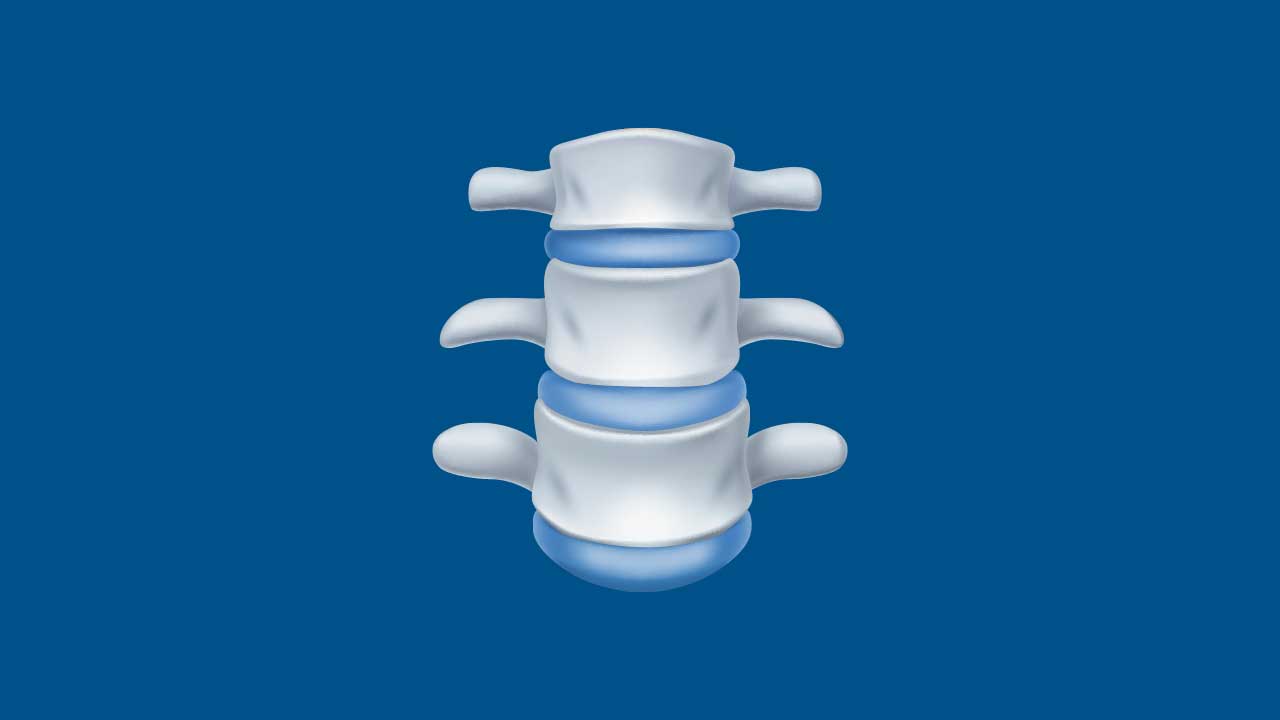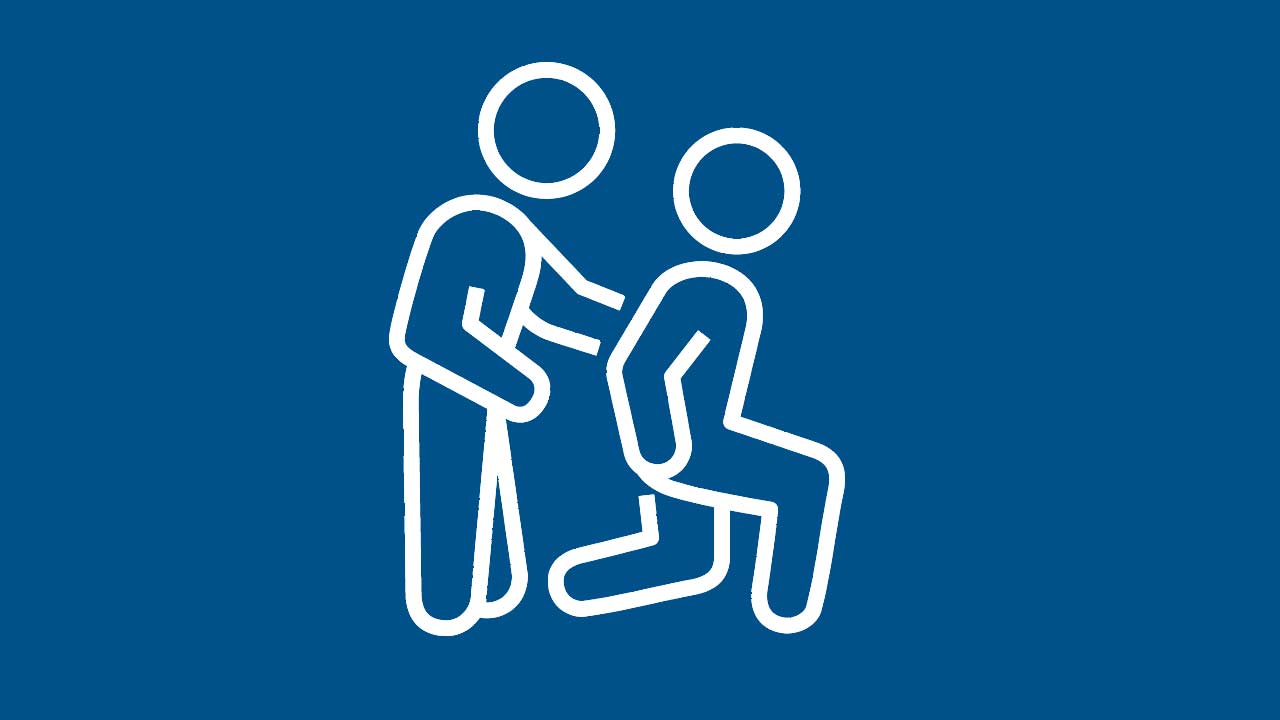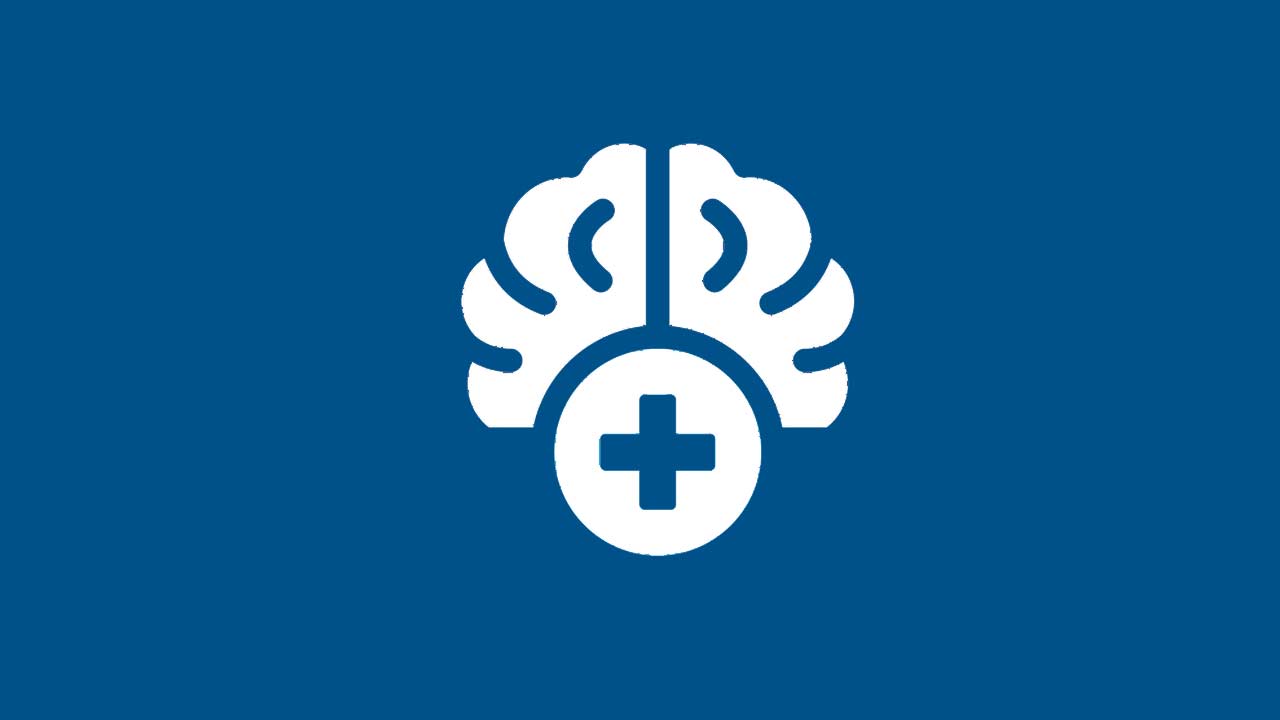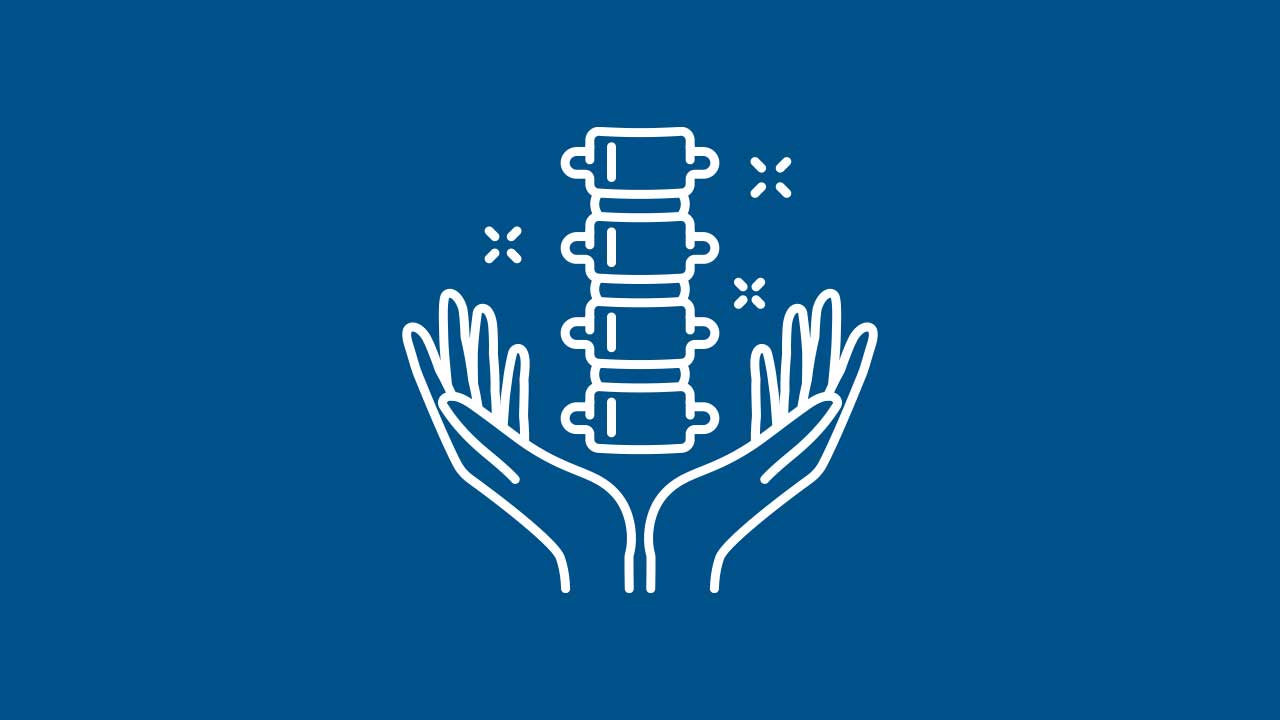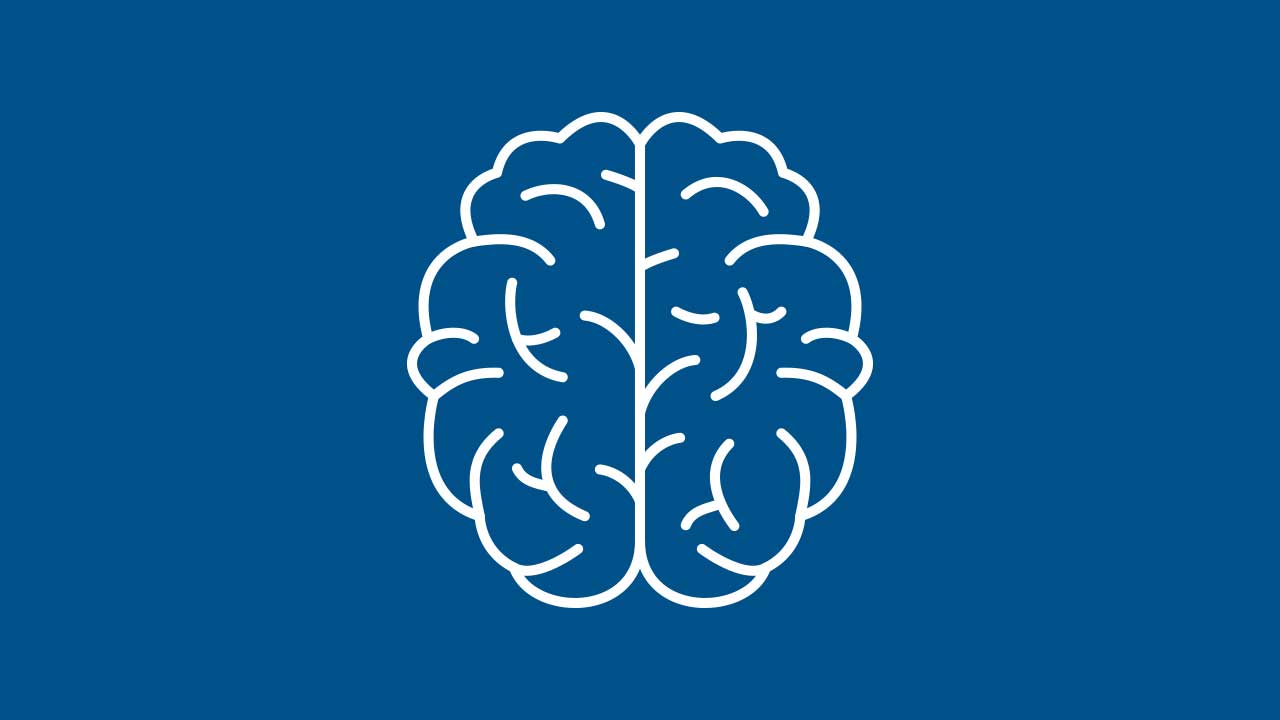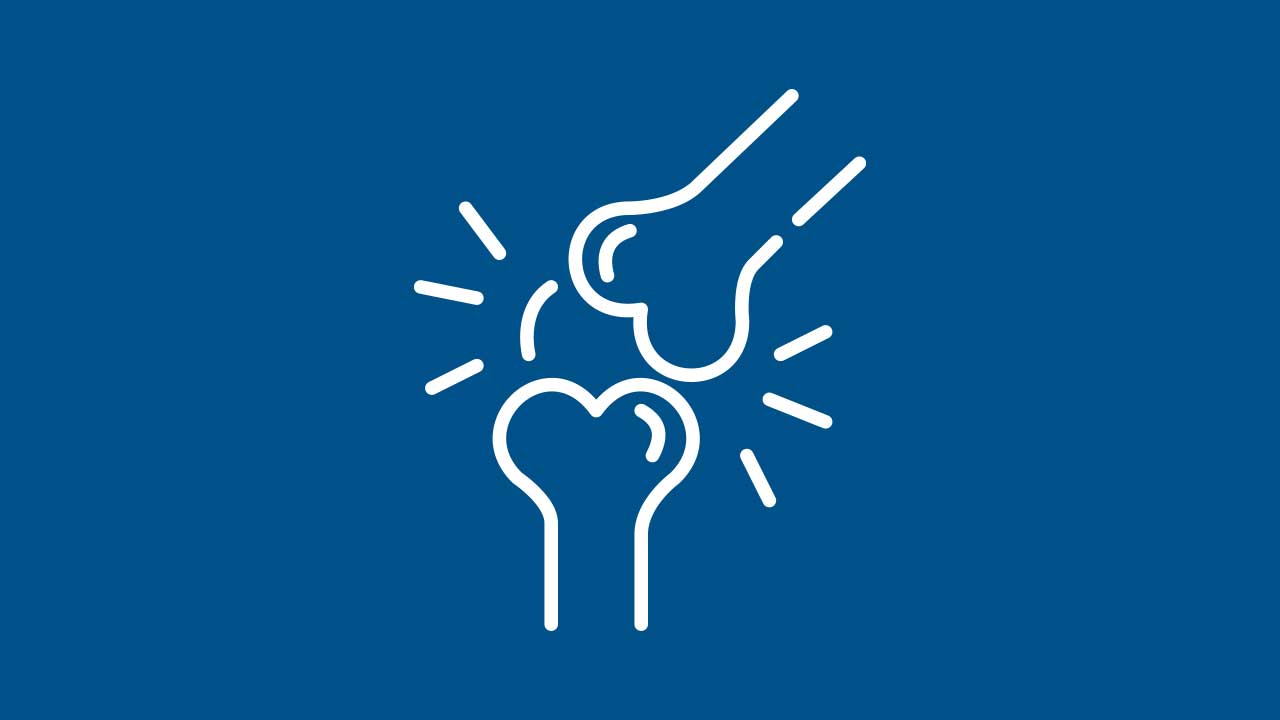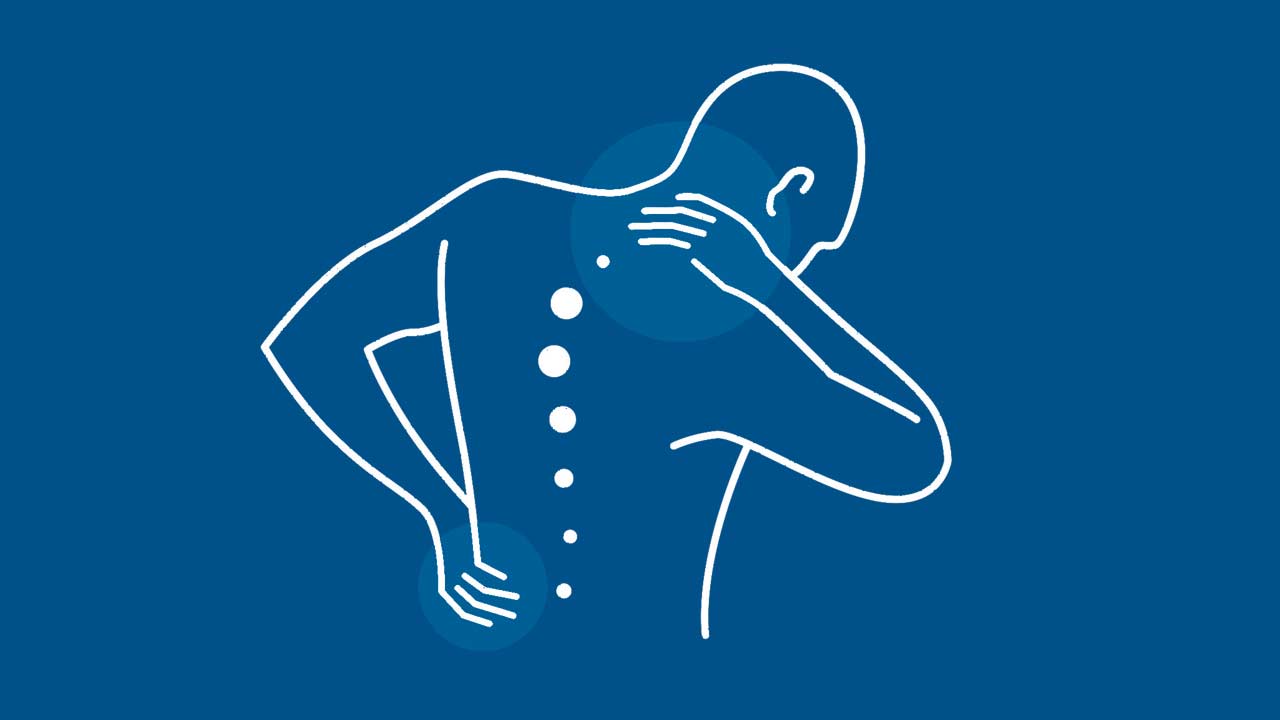Osteoarthritis
Share This Page
Osteoarthritis: Recognizing, Managing, and Treating the Most Common Form of Arthritis
Osteoarthritis is a degenerative joint disease characterized by the gradual breakdown of protective cartilage between bones. While it can affect any joint, it frequently targets the knees, hips, lower back, neck, and small joints of the hands. Over time, cartilage wear may lead to pain, stiffness, and reduced mobility, impacting daily activities.
Understanding Osteoarthritis
Cartilage is a firm, rubbery material that cushions the ends of bones, allowing smooth, pain-free movement. In osteoarthritis, this cartilage deteriorates, causing bones to rub against each other. This friction can spur bone overgrowth (bone spurs) and inflammation within the joint.
Causes and Risk Factors
- Age
- The risk of cartilage wear increases with age.
- The risk of cartilage wear increases with age.
- Joint Overuse or Injury
- Repetitive stress (sports or occupation) or trauma can speed up cartilage breakdown.
- Repetitive stress (sports or occupation) or trauma can speed up cartilage breakdown.
- Obesity
- Excess weight adds stress to weight-bearing joints like knees and hips.
- Excess weight adds stress to weight-bearing joints like knees and hips.
- Genetics
- A family history of osteoarthritis may predispose individuals to the condition.
- A family history of osteoarthritis may predispose individuals to the condition.
- Gender
- Women are more likely to develop osteoarthritis, especially after menopause.
- Women are more likely to develop osteoarthritis, especially after menopause.
Common Symptoms
- Joint Pain: Aching or discomfort worsened by activity and relieved by rest.
- Stiffness: Particularly after periods of inactivity, such as first thing in the morning.
- Reduced Flexibility: Difficulty bending or extending the affected joint fully.
- Crackling Sensation (Crepitus): A grating sound or feeling when moving the joint.
- Swelling: Mild swelling or tenderness around the joint.
Diagnosing Osteoarthritis
- Clinical Evaluation
- Examination of joint tenderness, range of motion, and stability.
- Examination of joint tenderness, range of motion, and stability.
- Imaging Tests
- X-rays: Reveal narrowing of joint space, bone spurs, and cartilage changes.
- MRI: Provides a detailed view of soft tissues when needed.
- X-rays: Reveal narrowing of joint space, bone spurs, and cartilage changes.
- Lab Tests
- Blood tests or joint fluid analysis to rule out other forms of arthritis (e.g., rheumatoid arthritis).
- Blood tests or joint fluid analysis to rule out other forms of arthritis (e.g., rheumatoid arthritis).
Treatment Options
- Lifestyle Modifications
- Weight management and regular low-impact exercises (e.g., swimming, cycling, walking) to reduce joint stress.
- Weight management and regular low-impact exercises (e.g., swimming, cycling, walking) to reduce joint stress.
- Medications
- Over-the-counter pain relievers (acetaminophen) or NSAIDs for inflammation and pain.
- Topical creams or gels applied directly to the affected joint.
- Over-the-counter pain relievers (acetaminophen) or NSAIDs for inflammation and pain.
- Physical Therapy
- Targeted exercises to strengthen supporting muscles, improve flexibility, and reduce pain.
- Targeted exercises to strengthen supporting muscles, improve flexibility, and reduce pain.
- Injections
- Corticosteroids can lessen inflammation.
- Hyaluronic Acid injections may improve joint lubrication for some patients.
- Corticosteroids can lessen inflammation.
- Surgical Interventions
- Joint Replacement: For severe cases, replacing damaged surfaces with artificial components.
- Arthroscopic Procedures: In some cases, to remove loose fragments or smooth rough cartilage.
- Joint Replacement: For severe cases, replacing damaged surfaces with artificial components.
Recovery and Long-Term Management
- Exercise and Rehab: Continued physical therapy can help maintain joint mobility and reduce flare-ups.
- Assistive Devices: Using canes, walkers, or braces may provide extra stability and pain relief.
- Joint Protection: Ergonomic tools, pacing activities, and avoiding repetitive motions help preserve function.
Our Multi-Disciplinary Approach in NYC
Within our multi-location, multi-disciplinary medical practice in the New York City metro area, orthopedic specialists, rheumatologists, physical therapists, and pain management physicians work collaboratively to manage osteoarthritis. From conservative solutions like physical therapy to advanced surgical procedures, we tailor treatment plans to each patient’s unique needs and lifestyle goals.
Additional Resources
Conclusion
While osteoarthritis is a chronic condition, many individuals achieve meaningful relief and preserve daily function through a blend of lifestyle adjustments, targeted therapies, and surgical interventions when needed. Our dedicated team in NYC is committed to supporting your joint health through comprehensive, patient-centric care.
Disclaimer: The information in this article is provided as a resource and is not intended to replace professional medical advice. Please seek individual counsel from a qualified healthcare provider.
